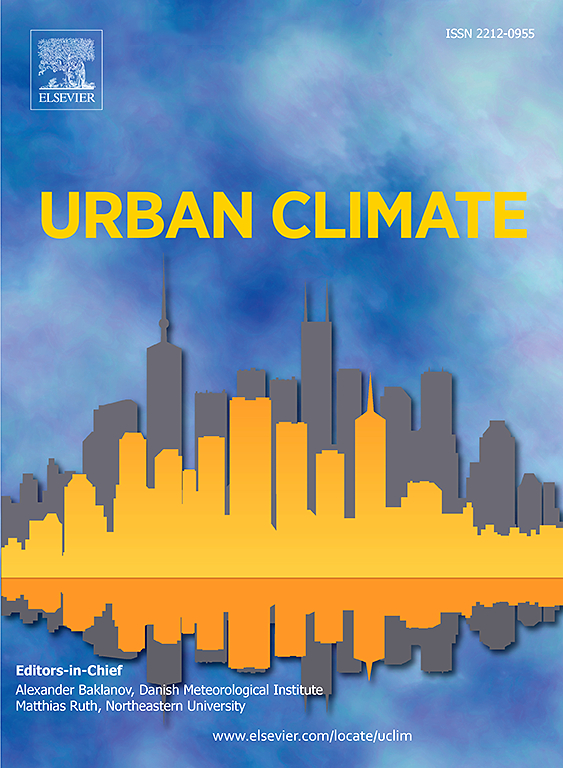Assessment of regulating ecosystem services generated by green infrastructure: A case study of Bolzano, Italy
IF 6
2区 工程技术
Q1 ENVIRONMENTAL SCIENCES
引用次数: 0
Abstract
Sustainable cities is one of the key topics of the United Nations 2030 Agenda for Sustainable Development. SDG 11 promotes the goal that cities should be inclusive, safe, resilient and sustainable human settlements. In this context, urban ecosystems, namely, Green Infrastructure (GI) can play a key role to enhance ecosystem services. GI improves ecosystem functioning and resilience, protects biodiversity, promotes societal health and well-being. The concept of GI in cities is becoming increasingly important in the development of urban policies since it improves the quality of life while mitigating the adverse effects of climate change. In this paper, we integrate biophysical method and monetary methods using i-Tree Eco software with about 12,000 trees within Bolzano, Italy. Model results are given for five assessed ecosystem services: 1) carbon storage, 2) carbon sequestration, 3) oxygen production, 4) avoided runoff, and 5) air pollution removal. Thus, our results show the significance of urban trees as a key element for better urban planning considering specific species contribution. The findings of this study will increase the awareness on the important role GIs play in urban systems to improve human well-being, informing policy-makers in charge of developing strategies to achieve impelling conservation actions and sustainability goals.
求助全文
约1分钟内获得全文
求助全文
来源期刊

Urban Climate
Social Sciences-Urban Studies
CiteScore
9.70
自引率
9.40%
发文量
286
期刊介绍:
Urban Climate serves the scientific and decision making communities with the publication of research on theory, science and applications relevant to understanding urban climatic conditions and change in relation to their geography and to demographic, socioeconomic, institutional, technological and environmental dynamics and global change. Targeted towards both disciplinary and interdisciplinary audiences, this journal publishes original research papers, comprehensive review articles, book reviews, and short communications on topics including, but not limited to, the following:
Urban meteorology and climate[...]
Urban environmental pollution[...]
Adaptation to global change[...]
Urban economic and social issues[...]
Research Approaches[...]
 求助内容:
求助内容: 应助结果提醒方式:
应助结果提醒方式:


